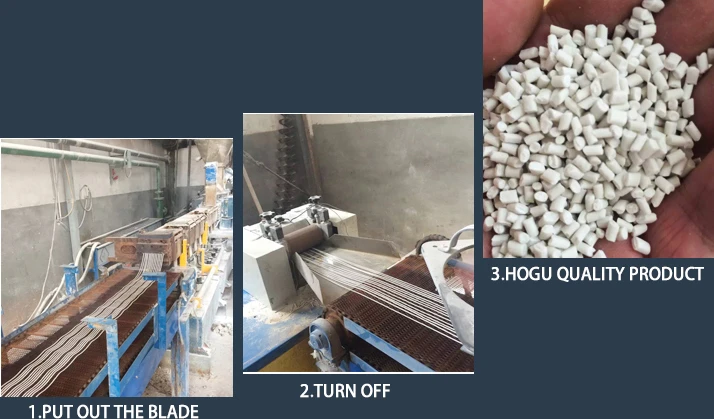



sodium hydroxide storage container
Storage Containers for Sodium Hydroxide Safety and Best Practices
Sodium hydroxide (NaOH), commonly known as caustic soda or lye, is a highly versatile chemical used in various industries, including manufacturing, food processing, and water treatment. Its properties make it essential yet hazardous, necessitating stringent safety measures and appropriate storage solutions to prevent accidents and ensure worker safety. This article examines the best practices for storing sodium hydroxide, the types of containers suitable for its storage, and the safety precautions required.
Understanding Sodium Hydroxide
Sodium hydroxide is an inorganic compound characterized by its strong alkaline nature. It is hygroscopic, meaning it absorbs moisture from the air, and it can react violently with acids, some metals, and organic materials. Due to its corrosive nature, sodium hydroxide poses considerable risks to human health and the environment if not stored correctly. With a variety of applications, it is crucial for industries to manage its storage and handling appropriately.
Choosing the Right Storage Container
The selection of a suitable storage container for sodium hydroxide depends on its physical state. Sodium hydroxide is available in solid, liquid, and pellet forms. For solid sodium hydroxide, containers typically made of polyethylene or polypropylene are preferred due to their chemical resistance and durability. These containers are often designed to be airtight to minimize moisture absorption and contain any spills.
For liquid sodium hydroxide, storage tanks made of specialized materials like stainless steel or high-density polyethylene (HDPE) are recommended. Stainless steel tanks are sturdy and resistant to the corrosive effects of the chemical, whereas HDPE tanks are lightweight and highly resistant to corrosion. Both materials prevent leakage and are easy to clean, ensuring that they remain safe for long-term use.
Storage Conditions
Proper storage conditions are vital in ensuring the safety of sodium hydroxide. It is important to keep storage containers in a well-ventilated area away from direct sunlight and heat sources to prevent the buildup of pressure and heat within the container. Ideally, sodium hydroxide should be stored at a temperature below 30°C (86°F) to avoid decomposition or increased volatility.
sodium hydroxide storage container

The storage area should be equipped with appropriate spill containment measures, such as secondary containment bins or trays, to catch any leaks or spills. Installing a neutralization system can provide an additional layer of safety, allowing for an immediate response to any accidental spills.
Safety Precautions and Handling
Personnel handling sodium hydroxide must be trained in its risks and the necessary precautions. When working with sodium hydroxide, personal protective equipment (PPE) is essential. This includes chemical-resistant gloves, safety goggles or face shields, and protective clothing to prevent exposure. It is imperative to have safety showers and eye wash stations nearby in case of accidental exposure.
Regular maintenance and inspections of storage containers are critical to ensure their integrity. Signs of corrosion, leaks, or wear should be addressed immediately to prevent any hazardous situations. Moreover, storage areas should be clearly labeled with appropriate hazard warnings to inform employees of the potential risks associated with sodium hydroxide.
Emergency Preparedness
Despite best practices in storage and handling, accidents can occur. Establishing a comprehensive emergency response plan is crucial for any facility that uses sodium hydroxide. This plan should include procedures for dealing with spills, leaks, and exposures. Regular drills and training sessions should be conducted to keep employees prepared for emergencies.
In the event of a spill, it is essential to have neutralizing agents on hand, such as diluted acetic acid, to mitigate the effects of the product. It is equally important to have a clear protocol for reporting any leaks or accidents to ensure immediate actions can be taken.
Conclusion
The effective storage of sodium hydroxide is a significant concern for any organization that utilizes this chemical. Adopting the correct storage containers, ensuring proper storage conditions, implementing necessary safety precautions, and preparing for emergencies are all critical components of a comprehensive safety strategy. By adhering to these best practices, industries can safely manage sodium hydroxide and protect their employees and the environment from the associated risks. Ultimately, fostering a culture of safety and responsibility is key to handling this powerful yet dangerous compound.
-
Why Sodium Persulfate Is Everywhere NowNewsJul.07,2025
-
Why Polyacrylamide Is in High DemandNewsJul.07,2025
-
Understanding Paint Chemicals and Their ApplicationsNewsJul.07,2025
-
Smart Use Of Mining ChemicalsNewsJul.07,2025
-
Practical Uses of Potassium MonopersulfateNewsJul.07,2025
-
Agrochemicals In Real FarmingNewsJul.07,2025
-
Sodium Chlorite Hot UsesNewsJul.01,2025










